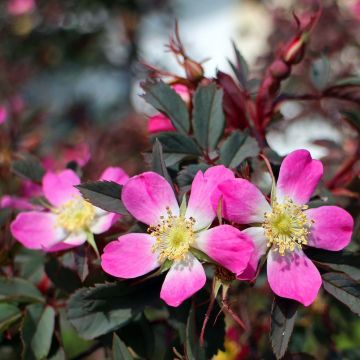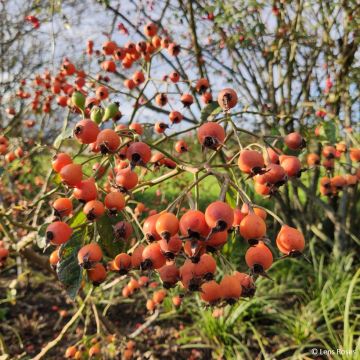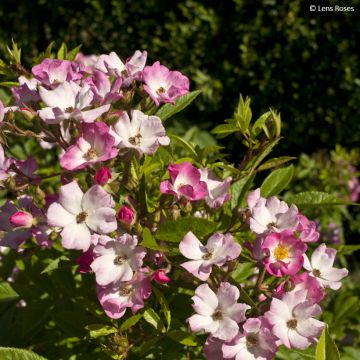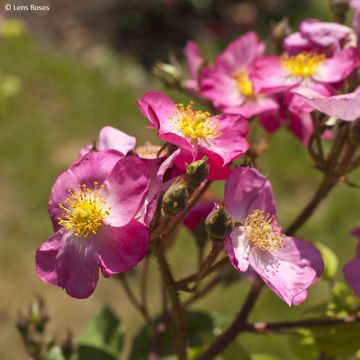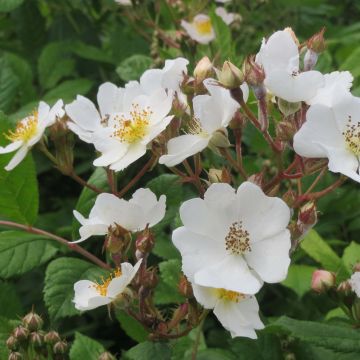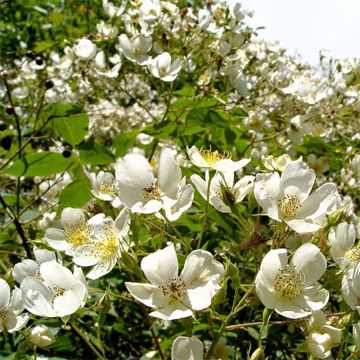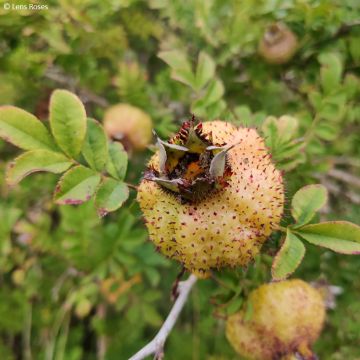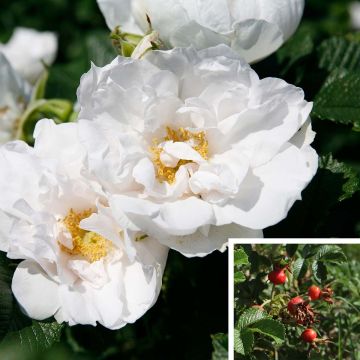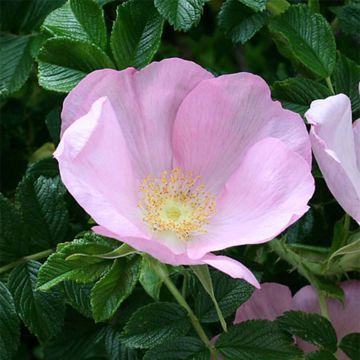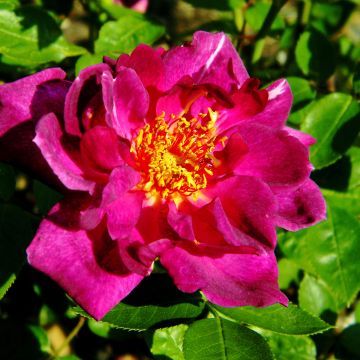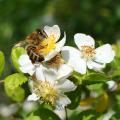Ornamental fruiting Roses
Does this plant fit my garden? Set up your Plantfit profile →
Available in 2 sizes
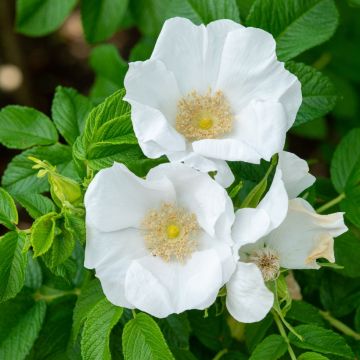
Available in 2 sizes
Available in 3 sizes
Available in 3 sizes
Available in 2 sizes

Available in 2 sizes
Available in 2 sizes
Available in 2 sizes
Available in 2 sizes

Available in 2 sizes
Available in 2 sizes
Available in 2 sizes
Available in 2 sizes
Available in 1 sizes

Available in 2 sizes

Available in 2 sizes
Available in 2 sizes
Available in 2 sizes

Available in 2 sizes
Available in 2 sizes
Available in 1 sizes
Available in 1 sizes
Available in 2 sizes
Available in 1 sizes
Available in 3 sizes
Available in 3 sizes
Available in 3 sizes
Available in 2 sizes
Available in 3 sizes
Available in 2 sizes
Available in 2 sizes
Available in 2 sizes
Available in 2 sizes
Available in 1 sizes
Available in 1 sizes
Available in 2 sizes
Available in 1 sizes
Available in 1 sizes
Available in 2 sizes
Available in 2 sizes
Some rose bushes are beautiful even in winter, adorned with clusters of decorative fruits called hips. These are often species and varieties of botanical roses such as the dog rose, Rosa pimpinellifolia or the rugosa rose (Rosa rugosa), or even old roses resulting from a cross-breeding with botanical species, such as Rosa x rugosa 'Frau Dagmar Hastrup'. Their flowers are single or semi-double and their flowering is often solitary, not perpetual. Bushy or sarmentous ('Sir Cedric Morris', 'La Mortola'...), these roses produce fruits with various shapes and colours: round, oval or bottle-shaped, like Rosa moyesii 'Geranium' for example, in shades ranging from coral pink to dark reddish purple, they persist on the branches long after the foliage has fallen. Widely planted in Nordic countries, they deserve to be better known for their countless qualities.
We love their bouquets of eye-catching berries, often associated with beautifully coloured autumn foliage, which offer as much appeal to hedges and large flowerbeds as late flowering. Highly appreciated by birds such as blackbirds, these fruits blend in with the colours of autumn and the last remontant roses, bringing a rare touch of colour to flowerbeds and homemade bouquets, and animating the garden until late in the season. The pulp of hips is edible and very rich in vitamin C: it will be collected by those with a sweet tooth and those who take care of their shape to make jellies and jams. Discover our selection of roses with decorative fruits, they are easy to grow, exceptionally hardy, require little maintenance, and are easily propagated by cuttings.
Haven't found what you were looking for?








































